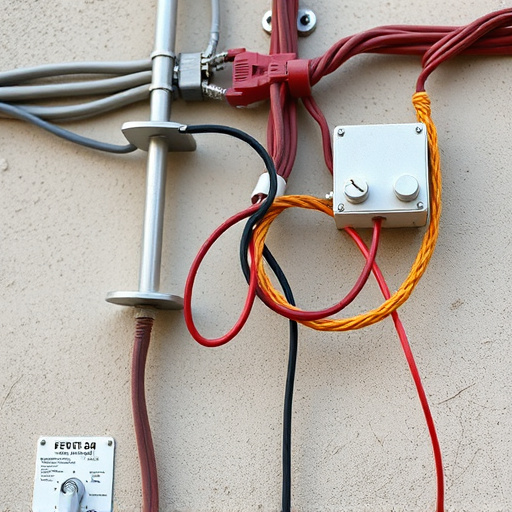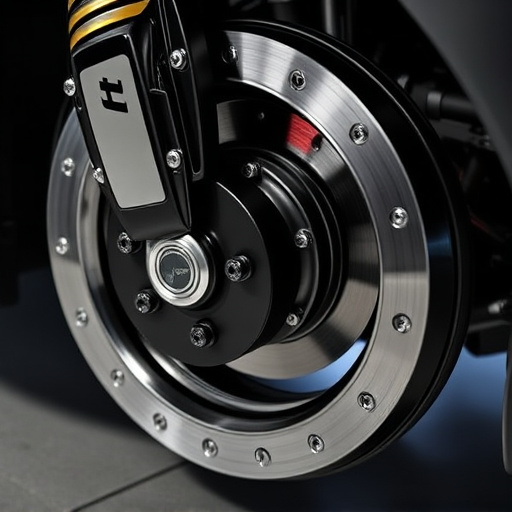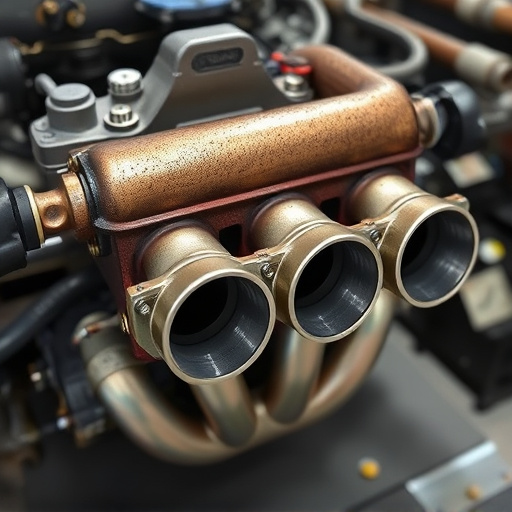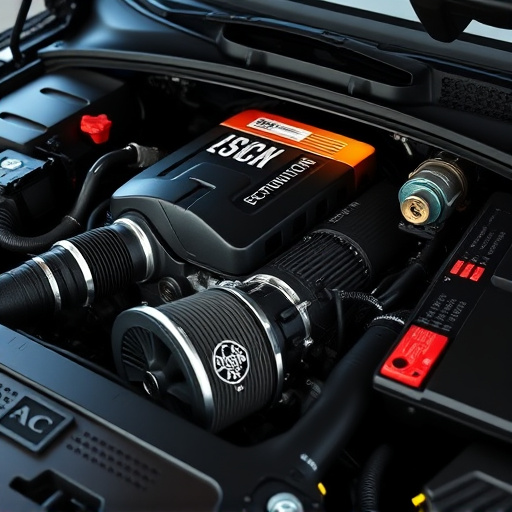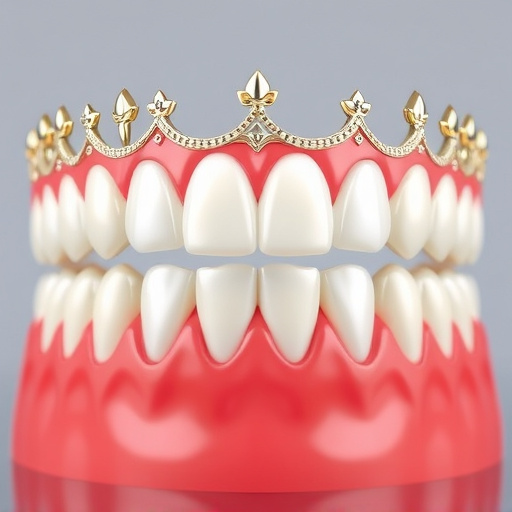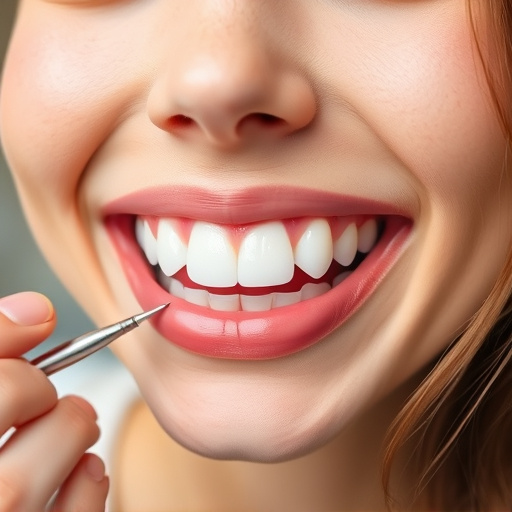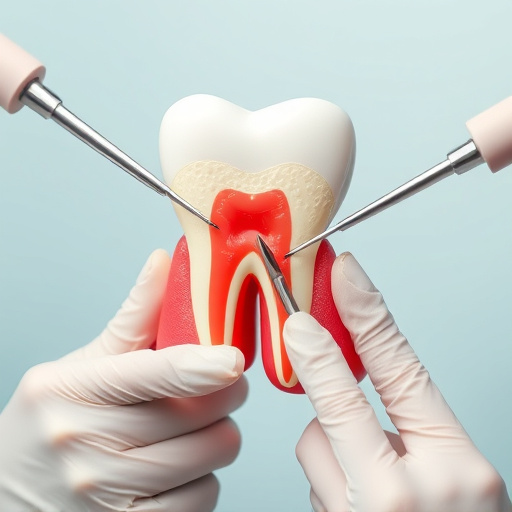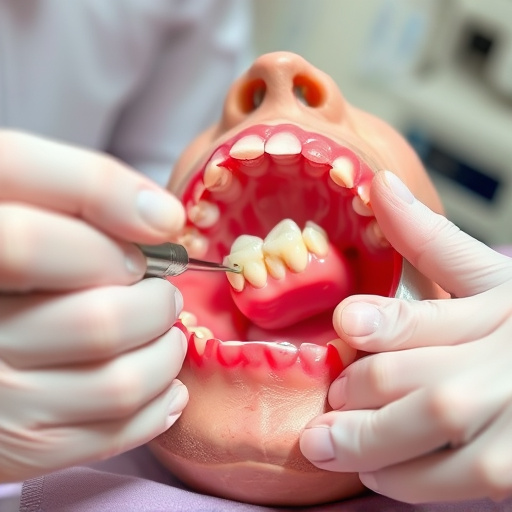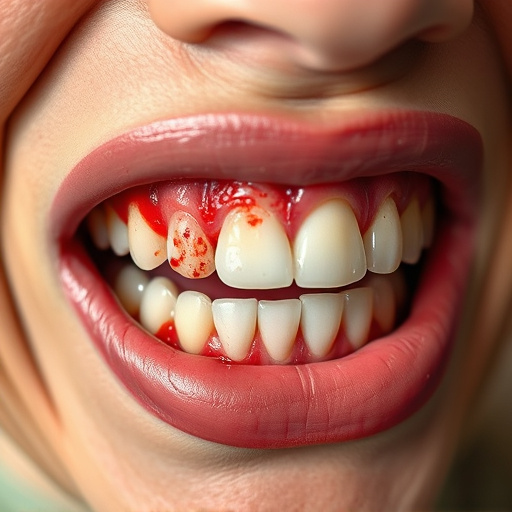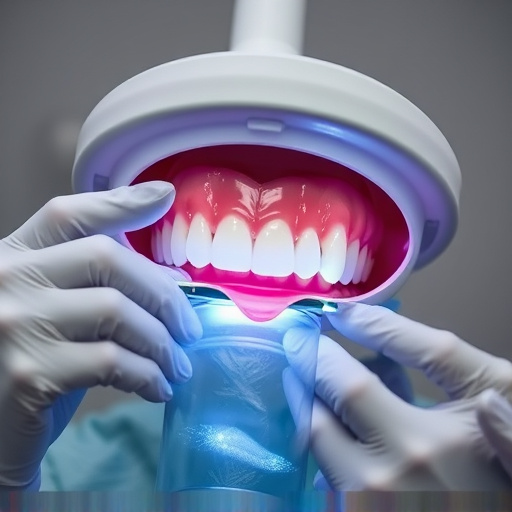Modern dental technology leverages 3D imaging and advanced materials to revolutionize clear aligner treatment. This enables precise, personalized plans, reduces in-person appointments, and provides comfortable, nearly invisible aligners. It streamlines oral exams, caters to diverse needs, and enhances efficiency for dentists, including during procedures like wisdom tooth removal.
The world of orthodontics has seen a profound transformation with the advent of modern dental technology, particularly in clear aligner treatments. This innovative approach offers patients a discreet and comfortable alternative to traditional braces. In this article, we explore cutting-edge technologies that are revolutionizing clear aligner therapy. From advanced 3D imaging and digital planning to innovative materials, these advancements ensure precise, efficient, and patient-centric orthodontic care.
- 3D Imaging and Scanning: Revolutionizing Clear Aligner Treatment
- Digital Planning: Streamlining Aligners for Precision and Efficiency
- Innovative Materials: Enhancing Comfort and Visibility for Clear Aligners
3D Imaging and Scanning: Revolutionizing Clear Aligner Treatment
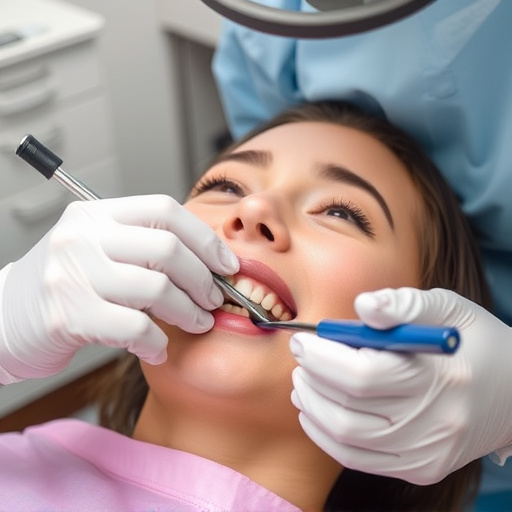
In the realm of modern dental technology, 3D imaging and scanning have emerged as game-changers in clear aligner treatment. This innovative approach allows dentists to create highly accurate models of a patient’s teeth and mouth structure, providing a more precise and personalized treatment plan for clear aligners. By capturing detailed digital images, dentists can virtually plan and visualize the entire treatment process, ensuring optimal alignment results.
This technology offers numerous benefits over traditional methods. It streamlines the initial consultation process, eliminating the need for messy impressions or uncomfortable moldings. Dentists can also easily modify treatment plans if necessary, ensuring that each step aligns with the patient’s unique needs. Moreover, 3D imaging facilitates better communication between dentists and patients, fostering a collaborative environment in family dentistry settings, even when considering procedures like wisdom tooth removal. This advanced technology forms the backbone of contemporary general dentistry practices, enhancing both efficiency and effectiveness in clear aligner treatments.
Digital Planning: Streamlining Aligners for Precision and Efficiency

In the realm of modern dental technology, digital planning has emerged as a game-changer for clear aligner treatment. This innovative approach leverages advanced 3D imaging and computer-aided design (CAD) software to create precise, customized aligner plans. By digitally mapping an individual’s dentition, dentists can accurately predict tooth movements and plan treatments with unprecedented efficiency. This not only streamlines the alignment process but also ensures highly predictable outcomes, reducing the need for costly and time-consuming adjustments.
The integration of digital planning into modern dental technology has significantly enhanced the overall patient experience. By minimizing the frequency of in-person appointments required for aligner adjustments, patients benefit from increased convenience and reduced disruption to their daily lives. Moreover, this advanced methodology allows dentists to monitor treatment progress remotely, further optimizing care while maintaining the highest standards of precision, especially when considering concurrent procedures like tooth extractions or dental implants, and routine oral exams.
Innovative Materials: Enhancing Comfort and Visibility for Clear Aligners

The evolution of modern dental technology has brought about innovative materials that significantly enhance the comfort and visibility associated with clear aligners. These advanced materials are meticulously crafted to mimic the properties of natural teeth, ensuring a seamless integration within the oral cavity. As a result, patients experience greater comfort throughout their treatment journey, eliminating the discomfort often associated with traditional braces.
Moreover, these cutting-edge materials offer improved transparency, making clear aligners virtually invisible when worn. This aesthetic advantage is particularly appealing for individuals seeking discreet solutions for cosmetic dentistry. By combining enhanced comfort and reduced visibility, modern dental technology has revolutionized routine oral exams and treatment options, catering to a wide range of dental needs, including the need for dental crowns in certain cases.
Modern dental technology, such as 3D imaging and scanning, digital planning, and innovative materials, is transforming clear aligner treatment. These advancements offer greater precision, enhanced comfort, and improved visibility, making orthodontic care more efficient and effective. By leveraging these technologies, dentists can provide personalized treatments that meet the unique needs of each patient.
